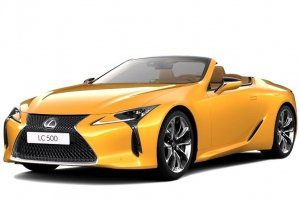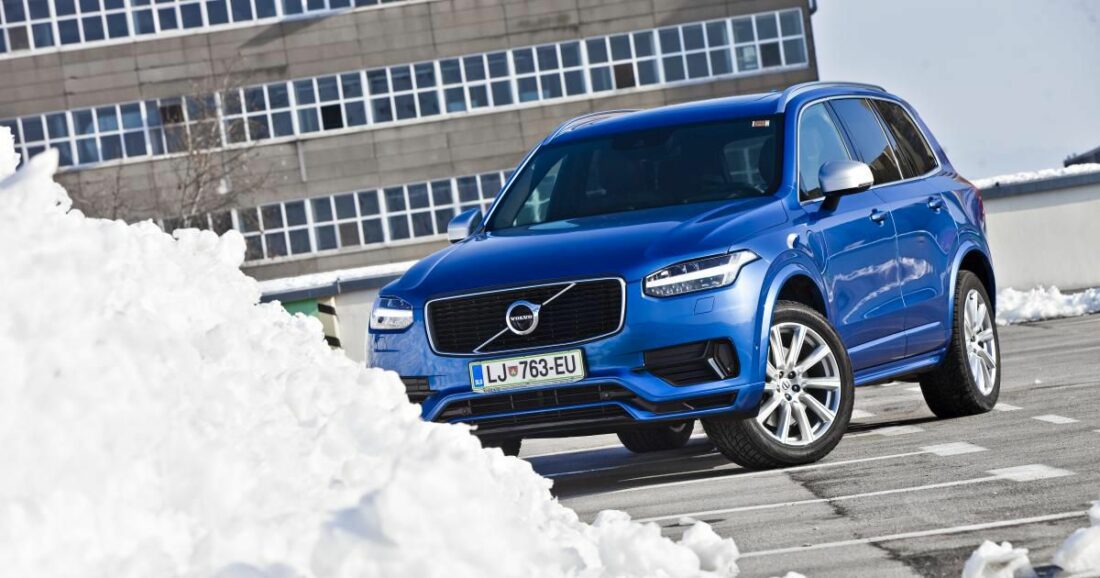
Short test: Volvo XC90 T8 Twin Engine R-Design – T8, not V8!
While part of the plug-in hybrid powertrain, designated the T8, is "only" a four-cylinder turbocharged petrol engine (in addition to an 82-horsepower electric motor), it has significantly more power than the former V8. . The T315 has a capacity of 8 "horses" - 408 or about 300 kilowatts. What's more, the four-cylinder petrol engine, with its 320 horsepower, is more powerful than the old V8 because it has both a mechanical and a turbocharger.
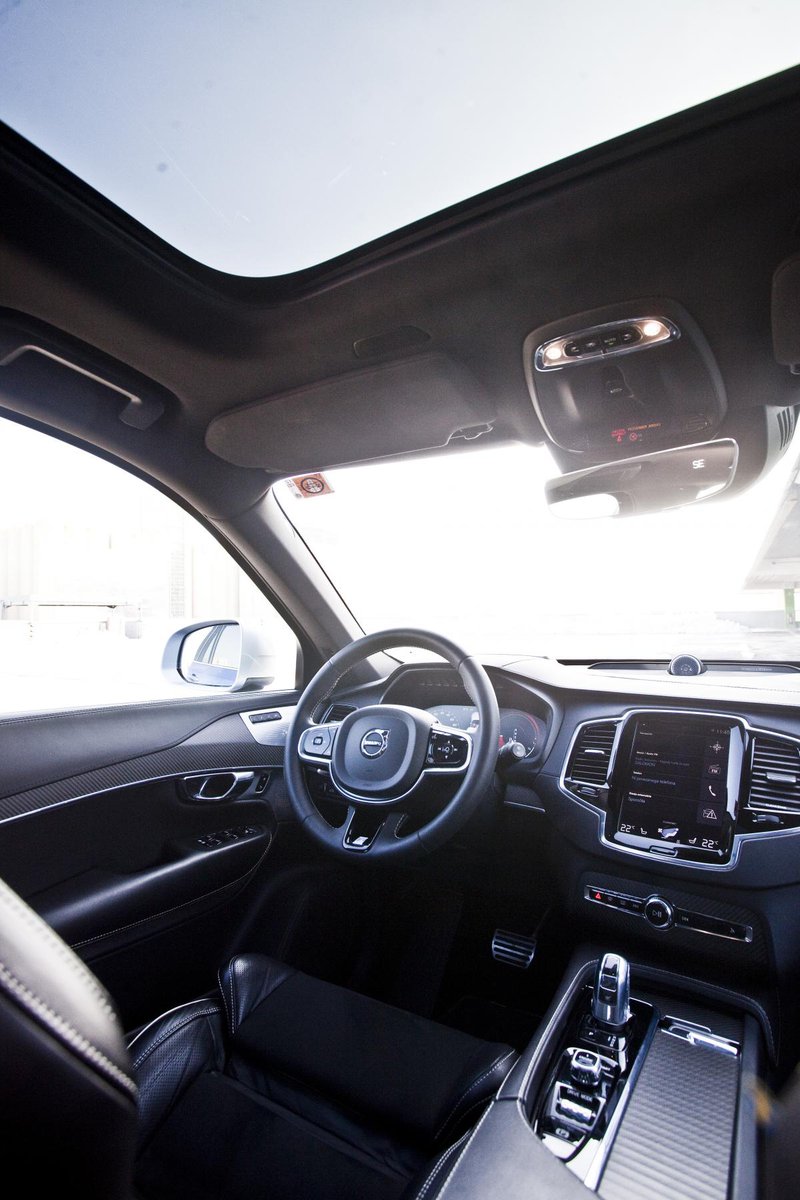
Such a powerful yet turbocharged gasoline engine and over two tons of weight certainly sounds like a recipe for huge fuel consumption, but since it's a plug-in hybrid, it makes the XC90 T8. On our standard 100-kilometer lap, the average gas mileage was only 5,6 liters, and of course we have run out of the battery, which in addition to those 5,6 liters of gas means 9,2 kilowatt hours of electricity. This is more than the factory promises according to the fabulous NEDC standard (it only consumes two and a half liters), but still the result is excellent. As is often the case with plug-in hybrids, the test fuel consumption was even lower than usual, of course, because we regularly refueled the XC90 and drove a lot on electricity alone. Not after 40 kilometers, as the technical data say (again: due to unrealistic measurement standards in force in the EU), but after 25-30 kilometers (depending on the pain of the right foot).

But driving fast on this hybrid is hard to resist, 400 “horses” is too tempting. Acceleration is decisive, system performance is excellent. The driver can choose from five driving modes: hybrid, which is designed for everyday use, while the system itself chooses between the drive and provides the best performance and fuel consumption; Pure Electric - The name suggests that this is an all-electric driving mode; Power mode, which currently provides all available power; AWD for permanent all-wheel drive and Save (if the battery is charged) to save battery power for later use. If the battery is low, turn on this mode and tell the gasoline engine to charge the batteries.
The main problem of hybrid cars - the weight of the batteries - has been elegantly solved by Volvo and installed in the middle tunnel between the seats, ensuring perfect weight distribution, while the boot size is not affected by the batteries.
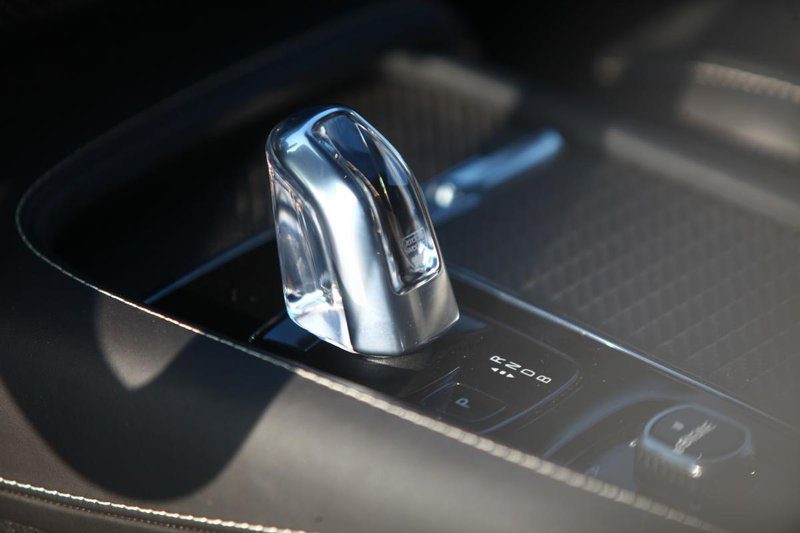
However, the batteries are, of course, to blame for the large mass of the T8, since an empty one weighs more than two tons. This is also noticeable on the road - on the one hand, it makes driving more comfortable, but it's true that in corners it quickly shows that the T8 is not as agile as its lighter, classically motorized brethren (like the T6). Body wobble is still very small, even less lean in corners. The ride needs to be really fast, and the steering wheel turns sharply to make the driver, and especially the passengers, aware that they are sitting in a large crossover. At the same time, they are constantly monitored by modern assistance systems (roadside sign recognition, lane departure warning, active LED headlights, active cruise control, blind spot monitoring, active parking assistance…).

That Volvo's designers have really put in a lot of effort is already evidenced by the exterior, which is currently one of the most striking on the market, and especially the interior. Not only in design and materials, but also in content. Fully digital meters provide accurate and easy to read information. The center console stands out, completely retracted, with only eight buttons and a large vertical screen. You don't even have to touch the screen to scroll through menus (left, right, up, and down), which means you can help yourself with anything, even with warm, gloved fingers. At the same time, portrait placement has proven to be a good idea in practice - it can display larger menus (several lines), a larger navigation map, while some virtual buttons are larger and easier to find without taking your eyes off the screen. Road. Almost all systems in the car can be controlled using the screen.
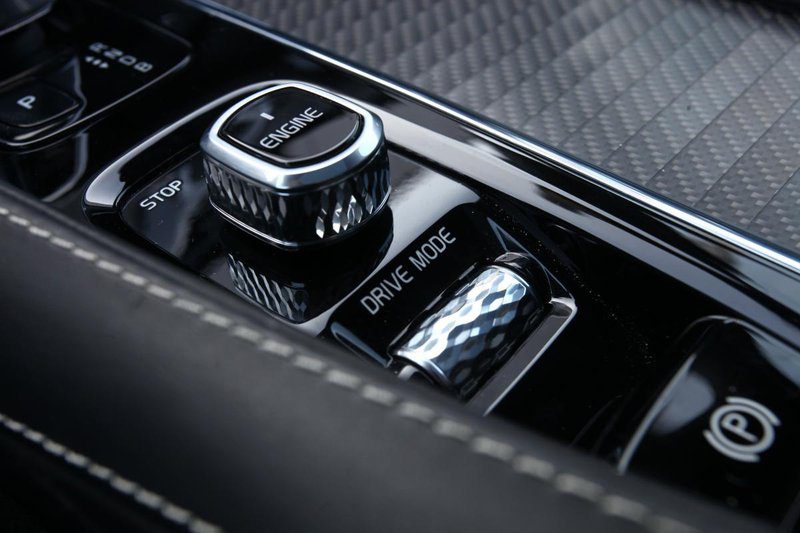
Sure, it sits perfectly in both the front and the back, and given the nearly five-meter length and nearly three-meter wheelbase, it's clear there really is plenty of room. When we combine space (and the light that enters the car through large glass surfaces) with the materials used (wood, crystal, leather, aluminum, etc.), it becomes clear that this is one of the most beautiful and prestigious interiors on the market. Add to that a great audio system and superb connectivity for smartphones, and it's clear that Volvo's designers (including a completely separate department in Copenhagen, Denmark, where they developed the infotainment system) have done a great job.
Otherwise, this applies to the entire development team: the XC90 is a great technical achievement with this motorization and an excellent choice in its class, but the truth is, its price also shows it. Good music is worth something, we could change the old saying a little.
text: Dušan Lukić, Sebastian Plevniak
photo: Sasha Kapetanovich
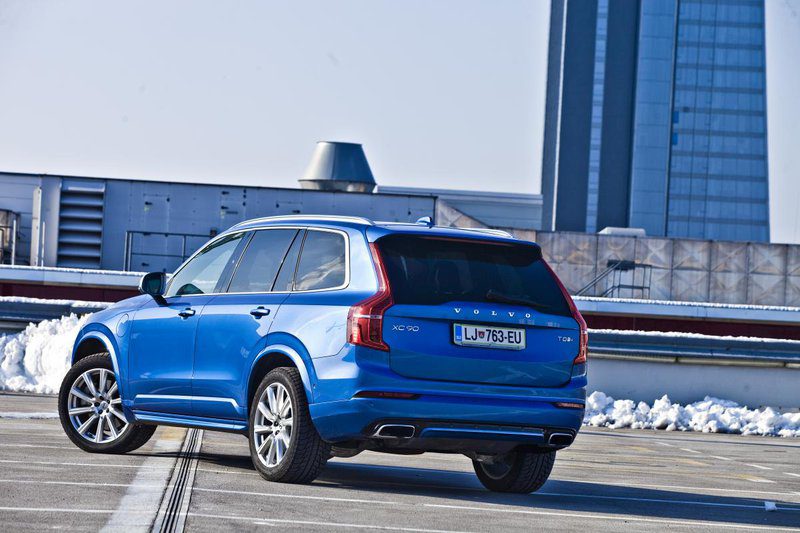
XC90 T8 Twin Engine lettering (2017)
Basic data
Technical information
| engine: | 4-cylinder - 4-stroke - in-line - petrol - displacement 1.969 cm3 - maximum power 235 kW (320 hp) at 5.700 rpm - maximum torque 400 Nm at 2.200-5.400 rpm. Electric motor: maximum power 65 kW (87 hp), maximum torque 240 Nm. System: 300 kW (407 hp) maximum power, 640 Nm maximum torque Battery: Li-ion, 9,2 kWh |
|---|---|
| Energy transfer: | engines all four wheels - 8-speed automatic transmission - tires 275/40 R 21 Y (Pirelli Scorpion Verde) |
| Capacity: | 230 km/h top speed - 0-100 km/h acceleration 5,6 s - Combined average fuel consumption (ECE) 2,1 l/100 km, CO2 emissions 49 g/km - Electric range (ECE) 43 km, battery charging time 6 h (6 A), 3,5 h (10 A), 2,5 h (16 A). |
| Mass: | empty vehicle 2.296 kg - permissible gross weight 3.010 kg. |
| External dimensions: | length 4.950 mm – width 1.923 mm – height 1.776 mm – wheelbase 2.984 mm – trunk 692–1.816 50 l – fuel tank XNUMX l. |
evaluation
With the T8 version, Volvo proved that the most powerful version can also be the most environmentally friendly. We already know from weaker versions that the rest of the car is a great example of a large SUV.
We praise and reproach
design
info-fun system
capacity
abundance of the most modern assistance systems
maximum charging power (3,6 kW total)
small fuel tank (50 l)

